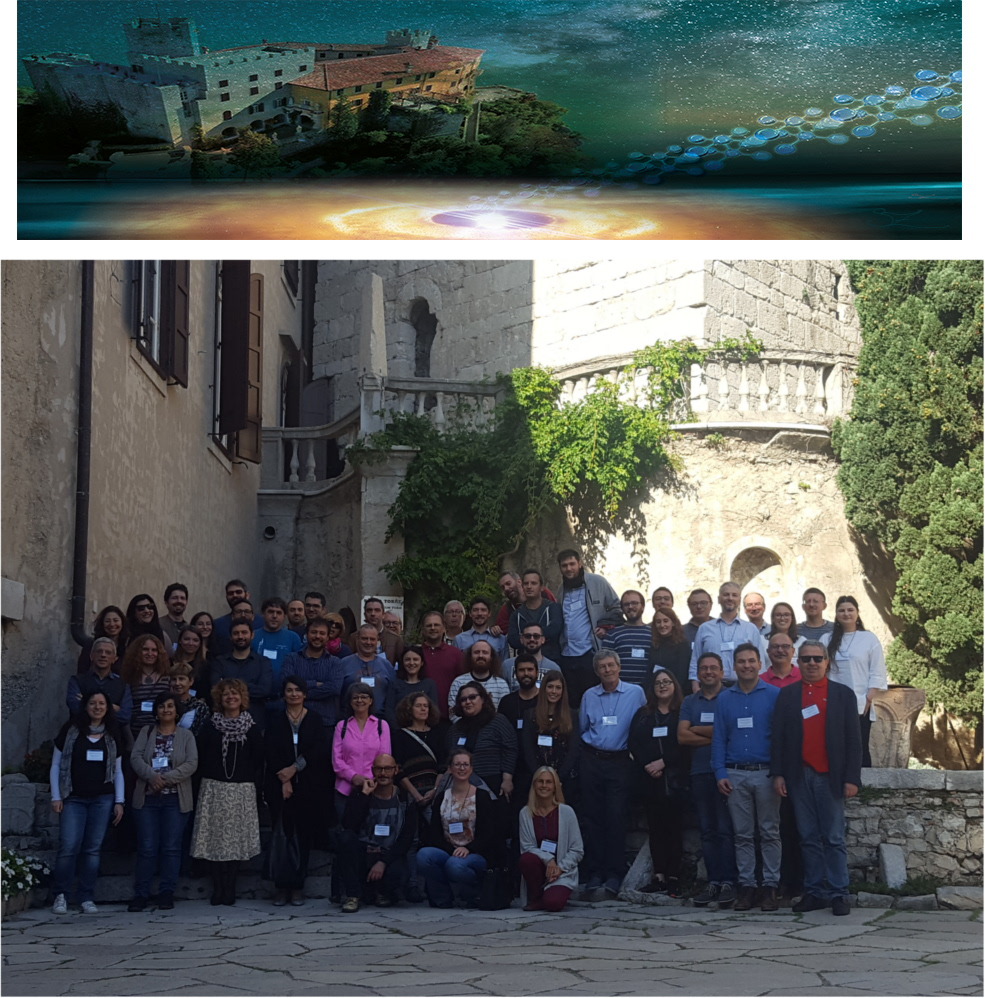Speaker
Description
It is well known that the $^{14}$N/$^{15}$N isotopic ratio found for the proto-Solar nebula (PSN), 440 (Marty et al. 2010), is significantly higher than that measured in pristine Solar System materials, like comets ($\sim$140, Hily-Blant et al. 2017 and references therein) and carbonaceous chondrites ($\sim$50-250, e.g. van Kooten et al. 2017). This suggests a local chemical enrichment of $^{15}$N during the Sun formation process. However, the cause of this enrichment and its relation with the natal clump are still uncertain.
Since there is growing evidence pointing out that our Sun was born in a rich cluster containing massive stars (e.g. Adams 2010), we have studied the $^{14}$N/$^{15}$N ratio in a large sample of high-mass star forming regions.
In this talk I will first show the overall behaviour of the $^{14}$N/$^{15}$N ratio across the Galaxy (Colzi et al. 2018a, Colzi et al. 2018b). We have confirmed, based on a solid statistics for the first time, that the $^{14}$N/$^{15}$N ratio increases with the Galactocentric distance as a consequence of the Galactic chemical evolution. Moreover, we have estimated that the $^{14}$N/$^{15}$N ratio in the local interstellar medium is about 400, i.e. very close to the PSN value. Then, I will zoom-in into the massive star-forming protocluster IRAS 05358+3543, where we have obtained the first interferometric maps of N-fractionation combining single-dish and high-resolution interferometric observations of the $^{15}$N isotopologues of N$_{2}$H$^{+}$ (Colzi et al. 2019, see Fig. in attachment). The analysis yields $^{14}$N/$^{15}$N ratios of 100-200 in the cores, and higher values of $\ge$200 in the diffuse clump gas. This result, which strongly suggests a local chemical enrichment of $^{15}$N at core-scales, helps us to understand how the chemical inventory evolves from the parental molecular reservoir to smaller-scale objects, in which star-formation occurs. It suggests also that the $^{15}$N-enrichment measured in the pristine Solar System material could occur locally, in the environment in which the Sun was born, during the protocluster evolution.
References
- Adams, F. C. 2010, ARA&A, 48, 74
- Colzi, L., et al., 2018a, A&A 609, A129
- Colzi, L., et al., 2018b, MNRAS, 478, 3, p.3693-3720
- Colzi, L., et al., 2019, MNRAS, 485, 4, p.5543-5558
- Hily-Blant, P., et al., 2017, A&A 603, L6
- Marty B. et al., 2010, Geoch. Cosmoch. Acta, 74, 340
- van Kooten E. M. M. E. et al., 2017, Geoch, Cosmoch. Acta, 205, 119

